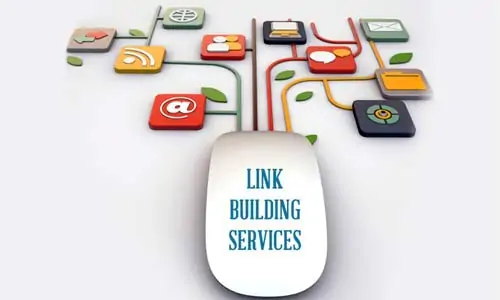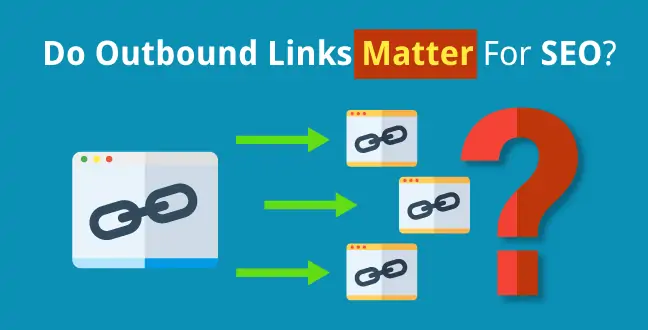Unlocking the Potential of Link Building Services
In the vast and competitive landscape of the Internet, link-building services have emerged as a strategic cornerstone of online success. These services play a pivotal role in improving a website’s visibility, credibility, and authority. Whether you’re a business, blogger, or digital marketer, mastering the art of link building can help you rise above the digital noise and achieve your online goals. Explore the world of link building services, their significance, best practices, and how they can elevate your online presence to new heights.
1. Demystifying Link Building Services
Link building is the practice of acquiring hyperlinks from other websites to your own. These hyperlinks, often referred to as “backlinks,” serve as digital pathways that connect one webpage to another, creating a web of interconnected content across the internet.
2. The Significance of Link-Building Services
Link-building services are indispensable for several reasons:
- Search Engine Rankings: Backlinks are a major ranking factor for search engines like Google. A website with high-quality backlinks is more likely to rank higher in search results.
- Credibility and Trust: Backlinks from reputable sources convey trust and credibility to your website. When established websites link to your content, it signifies their endorsement.
- Increased Traffic: High-quality backlinks can drive organic traffic to your site. When users click on a link from another website, they land on your content.
- Relationship Building: Engaging in link-building services fosters relationships with other websites and content creators. This can lead to future collaboration and guest posting opportunities.

3. Types of Backlinks
Not all backlinks are created equal. There are different types of backlinks, including:
- Natural Backlinks: These are earned organically when other websites find your content valuable and link to it.
- Editorial Backlinks: These are the most coveted backlinks and are given when another website’s editor or content creator finds your content valuable enough to link to.
- Guest Post Backlinks: These are backlinks obtained by contributing guest posts to other websites in exchange for a link back to your own content.
- Forum and Comment Backlinks: These are backlinks obtained by participating in online forums or leaving thoughtful comments on relevant blogs and websites.
4. The Art of Link Building Services
Effective link building services involve various strategies and practices:
a. Content Quality:
High-quality, engaging content is more likely to earn backlinks. Create content that is informative, unique, and valuable to your target audience.
b. Outreach:
Proactive outreach to other websites and bloggers in your niche can lead to guest posting opportunities, partnerships, and backlinks.
c. Resource and Linkable Content:
Create comprehensive, resourceful content that other websites in your niche would find valuable and reference.
d. Broken Link Building:
Identify broken links on other websites and offer your content as a replacement, creating an opportunity for a new backlink.
e. Internal Linking:
Optimize internal linking by linking to relevant pages and articles within your own website. This improves user navigation and distributes link equity.
f. Avoiding Low-Quality Backlinks:
Steer clear of low-quality or spammy backlinks, as they can harm your website’s reputation and SEO.

5. Backlink Analysis
Regularly analyze your backlink profile to ensure that your links are from reputable and relevant sources. Tools like Ahrefs and Moz can help you assess the quality and authority of your backlinks.
6. Link Building and Google Algorithms
Google’s algorithms, such as Penguin and Panda, focus on the quality of backlinks. It’s essential to stay updated on algorithm changes and ensure your link building practices comply with search engine guidelines.
7. The Future of Link Building Services
As search engine algorithms evolve, the future of link-building services may see an increased focus on the quality, relevance, and natural acquisition of backlinks. Building relationships with websites in your niche and providing value to your audience will remain essential.
In conclusion, Link-building services are not just about building links; they are about building your online presence, credibility, and authority. By understanding the significance of link-building, implementing best practices, and fostering relationships within your digital community, you can elevate your online presence to new heights. Whether you’re a business looking to boost your SEO or a content creator seeking a wider audience, the art of link building can help you navigate the competitive digital landscape and achieve your online goals. Embrace link building as a strategic tool for success, and watch as your online presence soars above the competition.





























